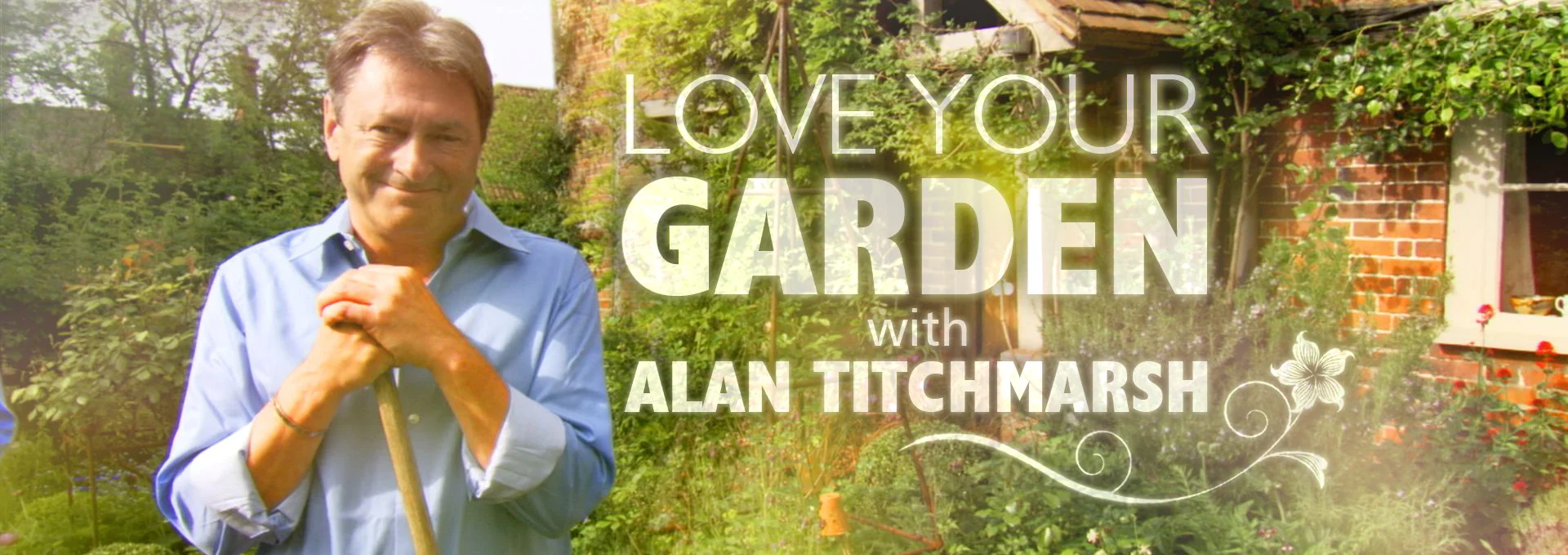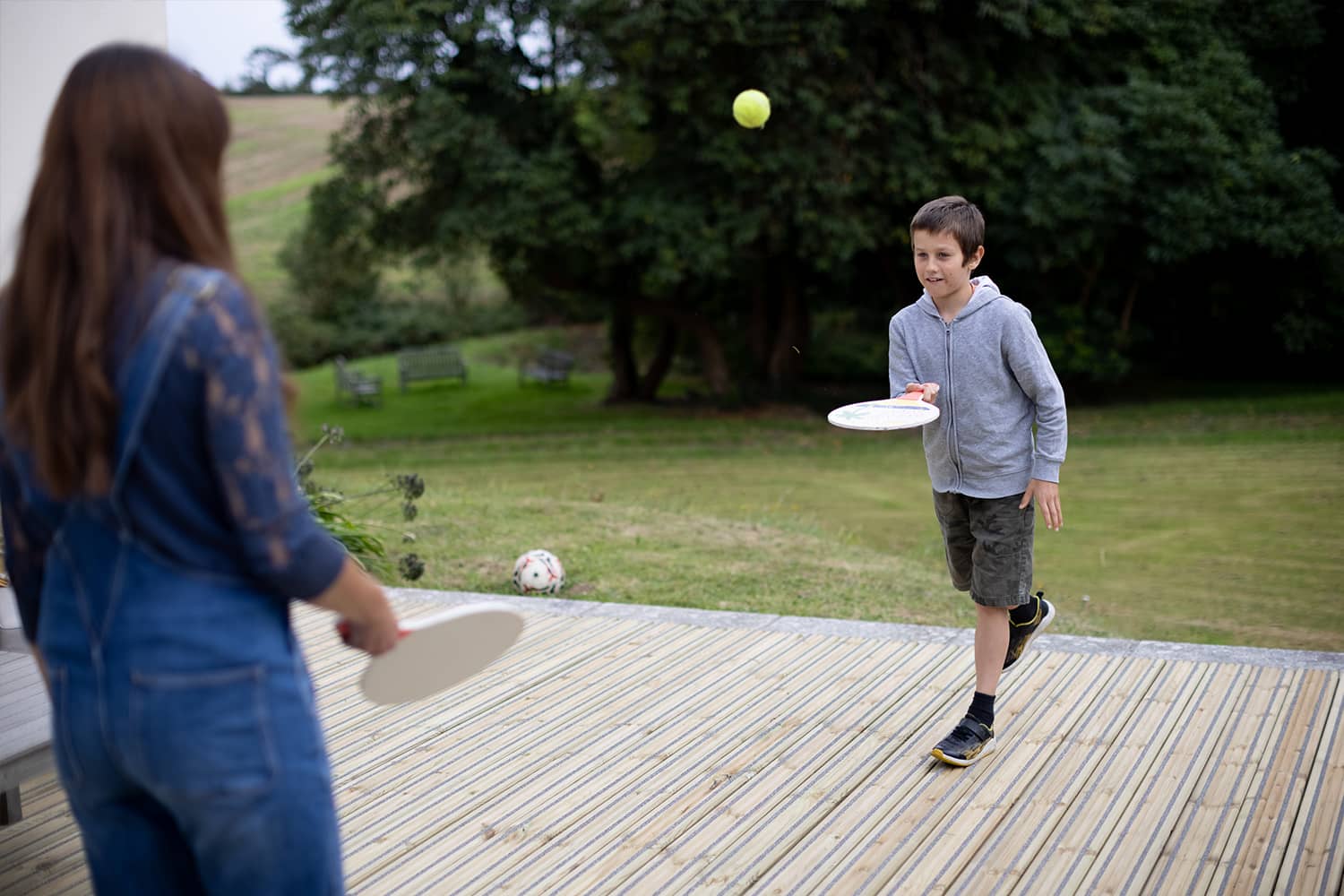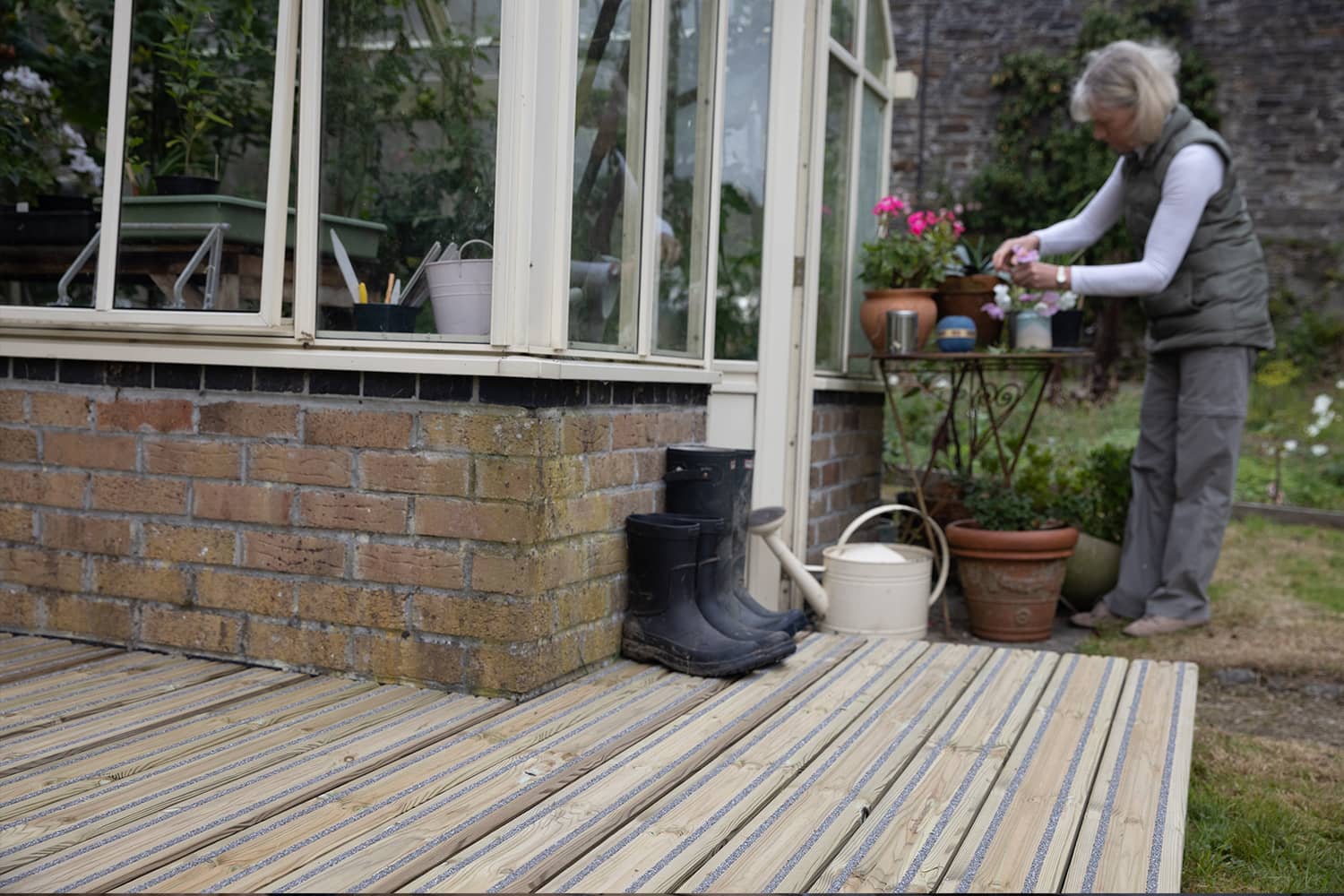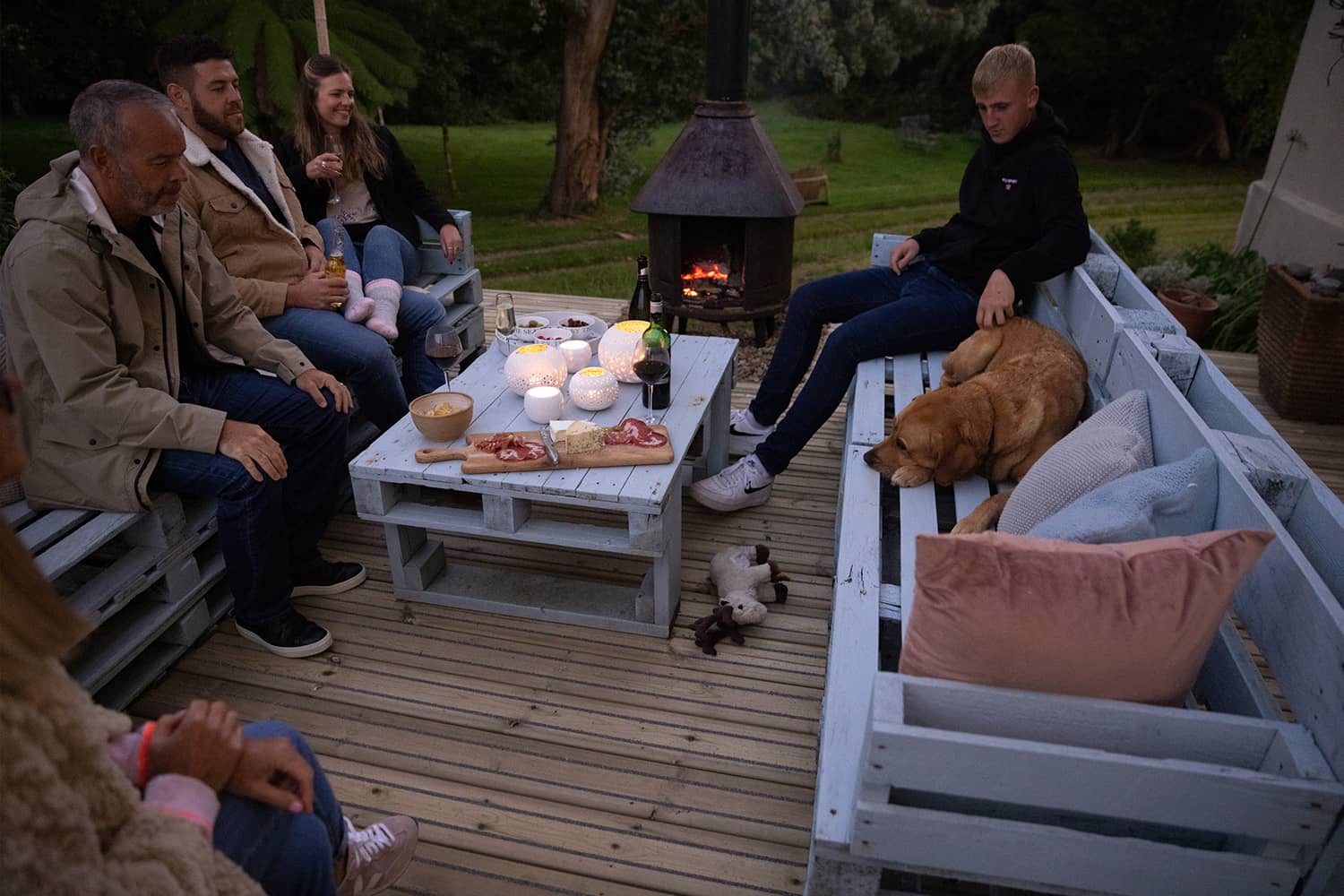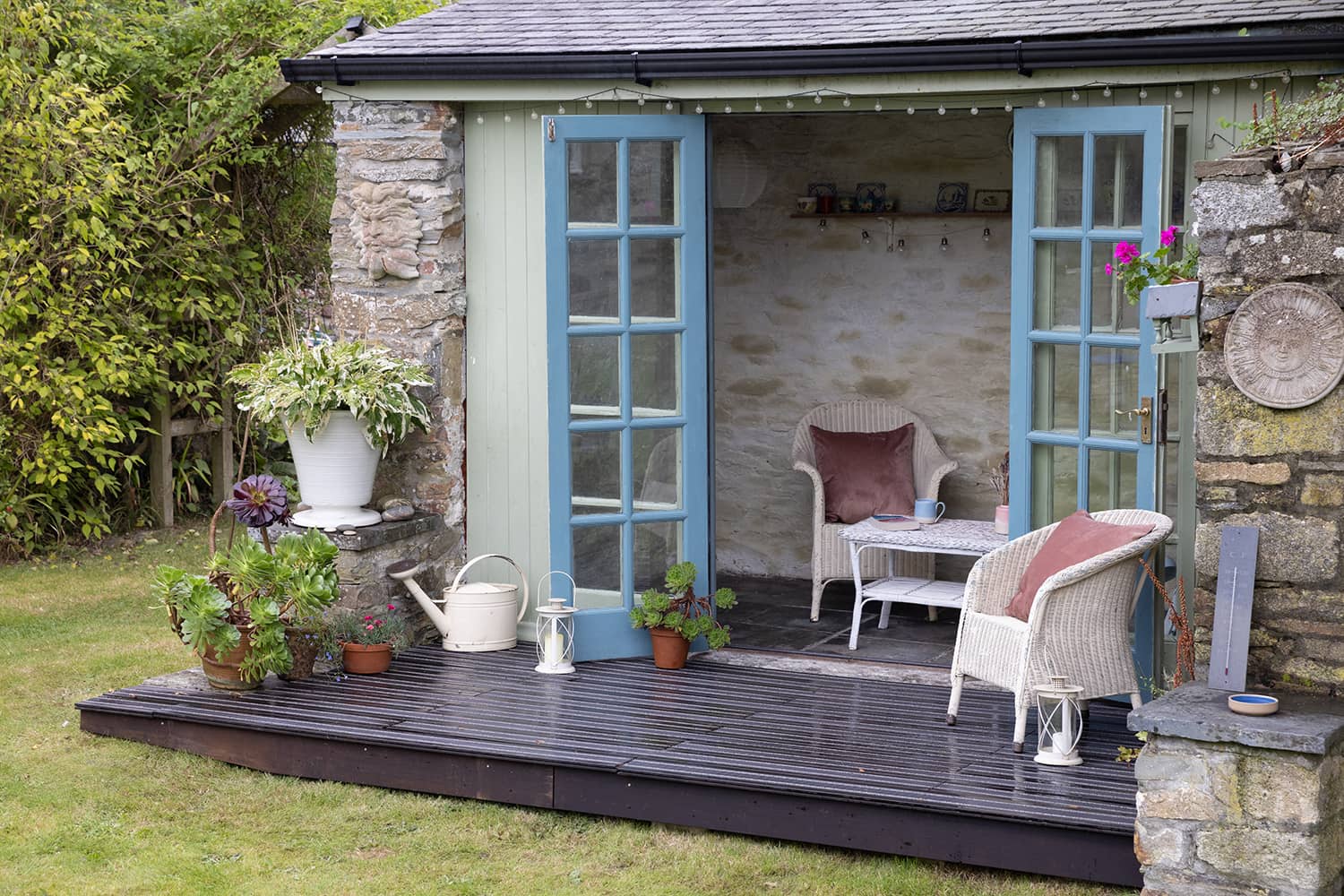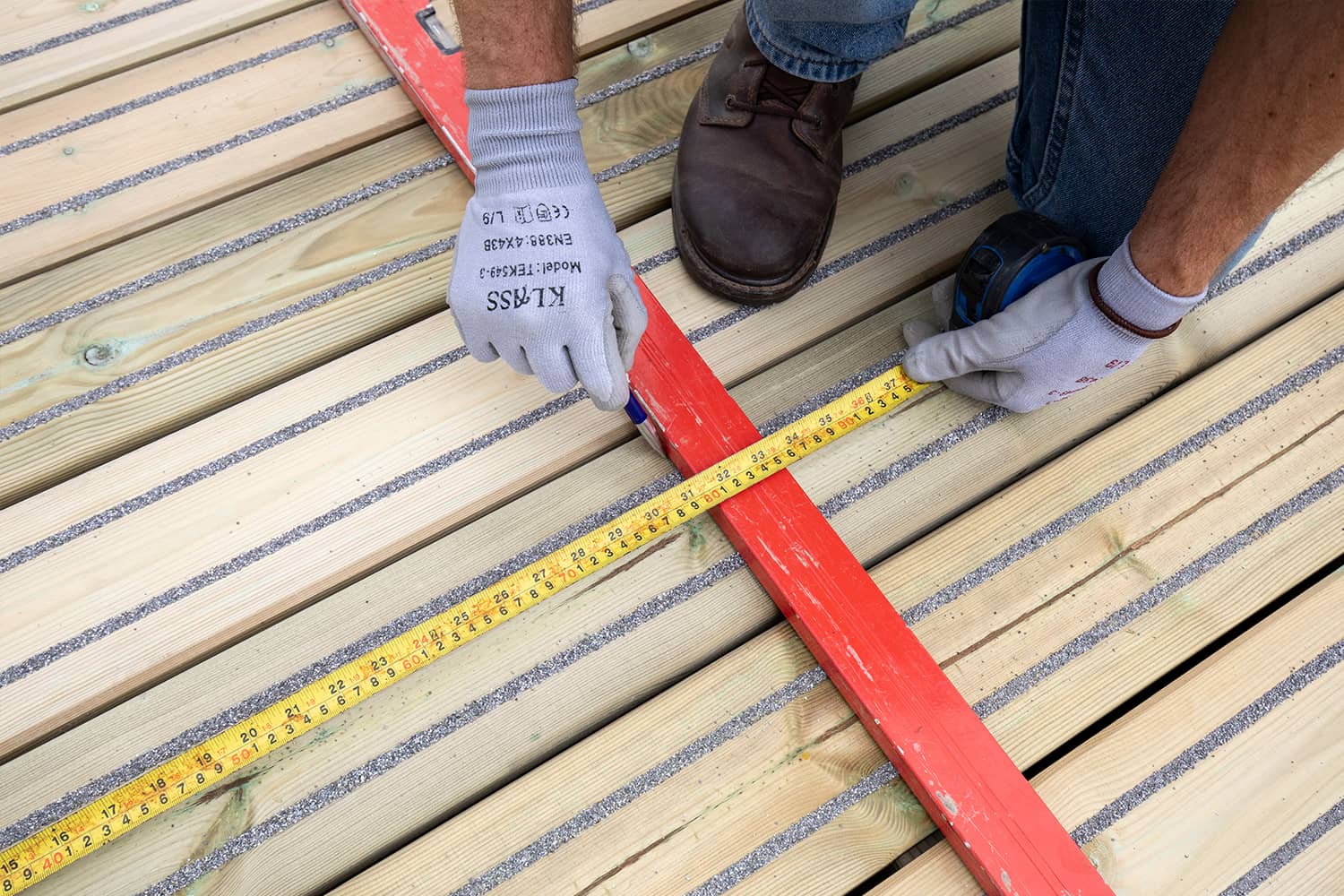A good garden redesign will reflect your individuality. Perhaps you’re dreaming of a romantic English garden or maybe you’d love a modern or exotic space. Deciding on the overall look and feel you want to achieve will help you make important decisions on plants, furniture and accessories.
The style of your home is also likely to influence your decision. If you want your garden to be an extension of your modern house, you’re likely to aim for a contemporary look and feel. If you live in an older property, you might want your garden to reflect its heritage.
When thinking about aesthetic, people often overlook the difference that surfaces can make. While grooved decking can give a slightly more traditional look, a smooth finish instantly creates a smart, modern feel.
With Gripsure non-slip timber decking you can create a very different vibe, depending on which boards you choose. Our dark Bamboo decking would provide a striking backdrop to an exotic planting scheme. Our Home board, on the other hand, looks beautiful when set against a colourful cottage garden and Contemporary creates a sleek, modern finish.

